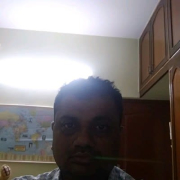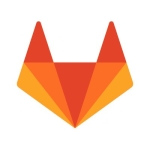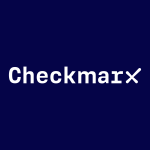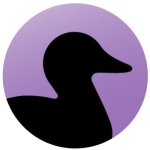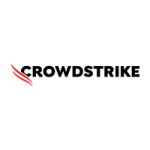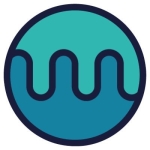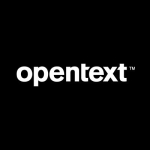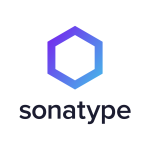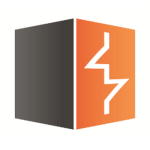Once integrated with the pipeline for the organization, we would be able to fetch vulnerabilities and code smells. We can have quality gates installed in the pipeline so that the pipeline should only be moved and processed further if the quality gates are passed.
This product is used with the deployment cycles. We have multiple CI/CD pipelines.
When we push our code to the repo, while in continuous integration, it will run a few tests. Based on the vulnerability data set it has, it has multiple tests. We can also have multiple unit tests along with this for code coverage. It has multiple offerings, not only the quality check and the vulnerability check. It also has code coverage, indicating how much code is covered by all the unit tests, integration tests, and those sorts of things. It has a complete database by itself and depending on that, it needs to be regularly updated so that we can track the vulnerabilities in the code. If it is not connected to the data source, for example, it has 10 versions, so if we are using a very old version, it would not be able to track the vulnerabilities which have the latest release.
We can track the vulnerabilities if our code is updated. If we are using the cloud version, then it is automatically upgraded because it is a paid version. We can track the vulnerabilities, where the vulnerability is, and at which code line we need to improve our code. We can have all the tracks only after we push our code to the repo.
SonarQube Cloud (formerly SonarCloud) has two offerings: cloud and server. We can use either of these. One is a paid version, and another one is a free version.
I have used the SonarQube Cloud (formerly SonarCloud)'s code analysis feature.
Sometimes, there are tracking issues. It has its own graphical GUI where we can track everything.
Since most of our projects are open source, there are multiple features which can be improved. For example, while creating a PR, the automatic runs from SonarQube Cloud (formerly SonarCloud) should also be run, but this is a feature which was in the previous version, but not with this version. You need to spend some money to buy that feature.
SonarQube Cloud (formerly SonarCloud) is one of the first of its kind which supports all these functionalities. I do not have any perception of documentation or support because once it is integrated with the pipeline, most of the task is done. The people who are developers need automatic bug creation and everything is done. This feature can be improved where, once it tracks the criticals and highs, it should create automatic tickets and assign them to the user who has pushed the code.
I have used the SonarQube Cloud (formerly SonarCloud)'s code analysis feature.
We have used it in AWS, but not from the marketplace.
We use other products because SonarQube Cloud (formerly SonarCloud) only offers SAST. It doesn't cover DAST, SCA, or those sorts of testing. Also, performance-based testing is not covered.
SonarQube Cloud (formerly SonarCloud) doesn't offer notifications, but we have some features in the pipeline which send notifications to the team leads or the assigned users to review the code.
SonarQube Cloud (formerly SonarCloud) is one of the first of its kind which supports all these functionalities. I do not have any perception of documentation or support because once it is integrated with the pipeline, most of the task is done. The people who are developers need automatic bug creation and everything is done. This feature can be improved where, once it tracks the criticals and highs, it should create automatic tickets and assign them to the user who has pushed the code.
On a scale of one to ten, I would give SonarQube Cloud (formerly SonarCloud) a rating of six.





